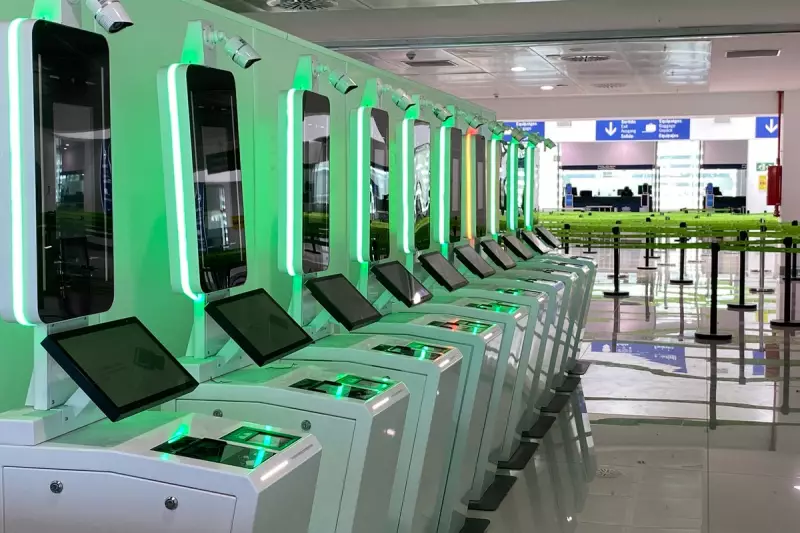
Sweden has become the testing ground for a revolutionary new border control system that could transform how non-EU citizens enter European countries. The Scandinavian nation is pioneering the EU's Entry/Exit System (EES) smartphone application, marking a significant step toward digitalising border security across the bloc.
The Digital Border Revolution Begins
This groundbreaking app allows travellers from outside the European Union to pre-register their biometric data and travel information before even reaching border control. The system represents the most substantial overhaul of EU border management in decades, moving away from traditional passport stamping toward fully digital tracking.
How the EES app works:
- Non-EU travellers can submit passport data and biometric information in advance
- Facial images and fingerprint data are securely stored in the system
- Border crossings become faster with pre-verified information
- The system automatically tracks entry and exit dates to enforce 90-day visa-free limits
What This Means for UK Travellers
For British citizens, who now fall under third-country national status post-Brexit, this system will become particularly relevant. The EES will meticulously monitor the 90-day limit for visa-free stays within the EU's Schengen Area, eliminating any ambiguity about overstaying.
The Swedish trial represents a crucial testing phase before the system rolls out across all EU member states. If successful, travellers can expect to encounter similar digital border procedures when visiting France, Spain, Italy, and other popular European destinations.
Privacy and Practical Considerations
While the system promises streamlined border crossings, it raises important questions about data protection and privacy. The EU assures that all biometric data will be handled in compliance with strict data protection regulations, but some privacy advocates remain cautious about the extensive collection of personal information.
"The shift toward digital border control represents both convenience and complexity," notes a border security expert. "Travellers gain efficiency but surrender more personal data than ever before."
Looking Ahead: The Future of EU Travel
The Swedish pilot programme signals the beginning of a new era in European travel. As the system expands, travellers should prepare for more digital interactions at borders and ensure they understand the new requirements before planning their European journeys.
The full implementation of EES across the EU is expected to create a more secure, efficient border management system while fundamentally changing the travel experience for millions of visitors each year.





